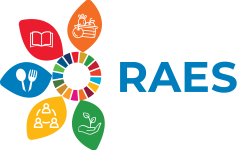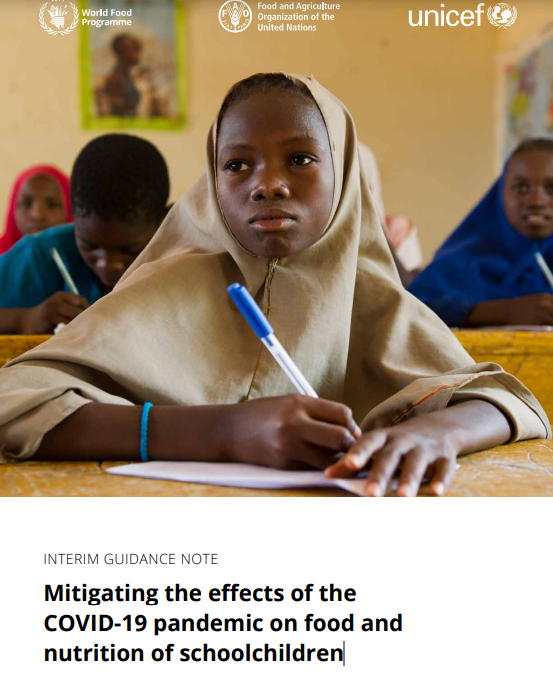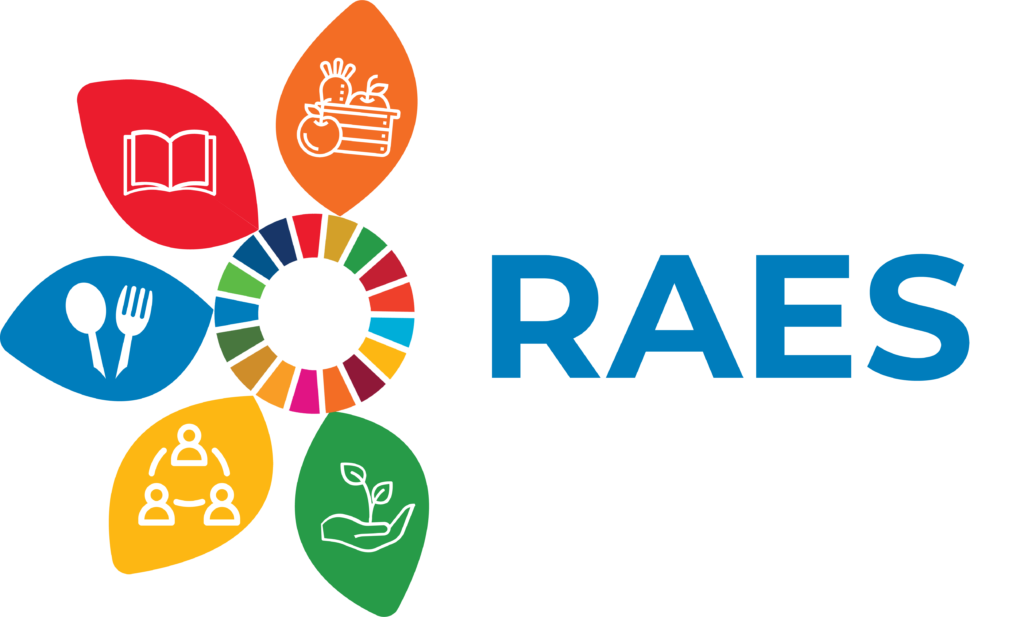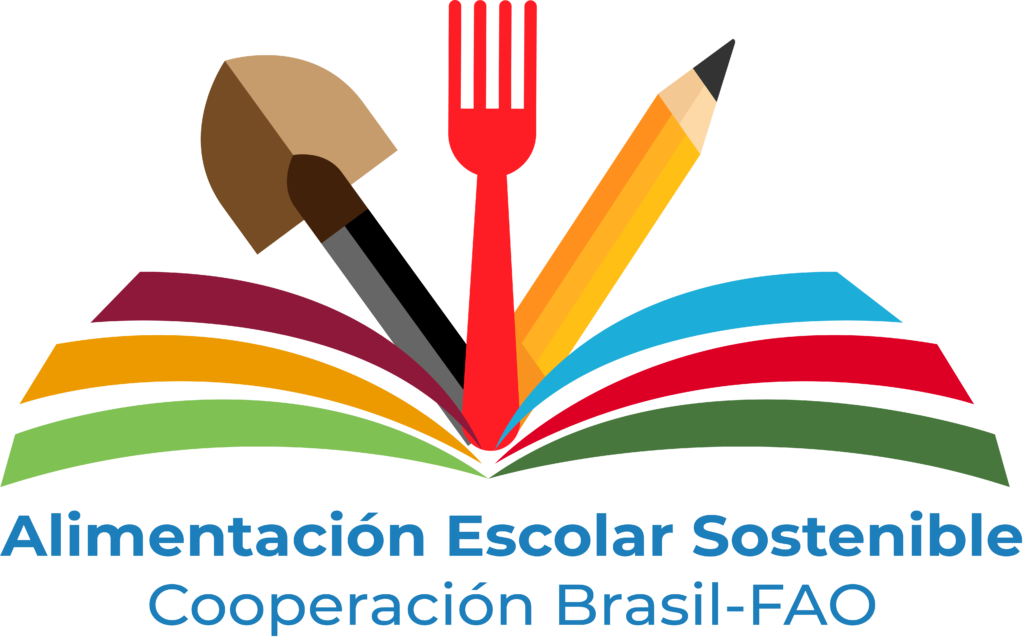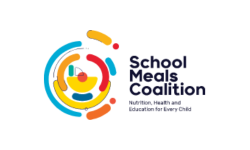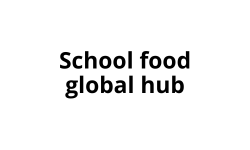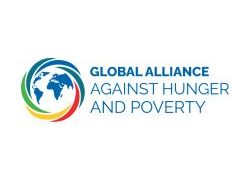While cases of COVID-19 appear to be fewer among children (and symptoms generally milder), national responses to the pandemic can have important consequences for child nutrition and educational outcomes. Nearly 1.5 billion children – more than half of the world’s student population – are being kept away from school due to pandemic response measures. Nationwide school closures are in force in more than 180 countries while in many others there are localized closures which threaten to become countrywide.
The disruption and closure of schools around the world will have a negative impact not just on children’s right to
education but on other human rights including their right to adequate food. More than 350 million schoolchildren
in countries with nationwide and localized closures, might not have access to regular school feeding and nutrition services during the pandemic.
Adequate nutrition is essential for schoolchildren’s health and wellbeing. Many of the children who benefit from
school feeding programmes could already be nutrient deficient, vulnerable or at risk. These children rely heavily
on such programmes1: either it’s the only meal/snack they consume in the day or contribute a significant part
of their daily nutrient requirements.
This joint note from the World Food Programme (WFP), the Food and Agriculture Organization of the United Nations (FAO) and the United Nations’ Children Fund (UNICEF) intends to provide government decision makers, school administrators/staff and partners with preliminary guidance on how to support, transform or adapt school feeding (in the short term) to help safeguard schoolchildren’s food security and nutrition during the COVID-19 pandemic.
Specific recommendations are provided according to the various target groups involved in school feeding.
An additional section is focused on the case of homegrown school feeding. This guidance note will be regularly updated as the situation evolves, and new information becomes available. It complements other guidance from
specialized UN agencies, such as UNESCO, WHO and partners.
The main recommendations are summarized below
